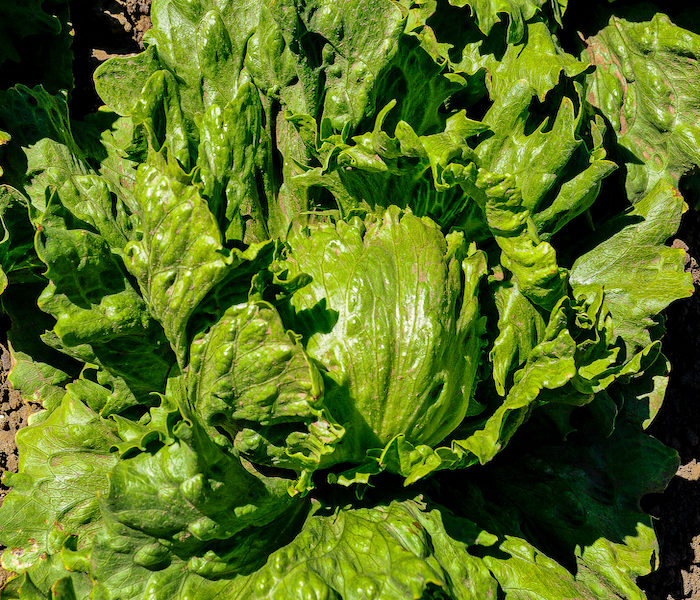The success of California’s billion dollar agricultural industry wash helped along by enterprising farmers who settled in the Salinas Valley. They truly changed the landscape of this valley, redefining what it meant to strike gold.
There is not doubt that California’s gold rush transformed California. It brought hundreds of thousands of people to the state in the 1840s. Immigrants, propelled by gold fever, came from all over the world to dig for their personal mother lode. A few found it; many didn’t. Most ‘49ers never mined enough to even get them back to where they came from.
So they stayed in California, settling in other parts of the state. The mountains didn’t hold their future, but the land did.
As the gold country lost its luster, one-time miners looked for other ways to prosper. Many came down out of the mountains and settled here as farmers, laying the groundwork for a new mother lode — lettuce, the valley’s green gold.
Lettuce made its first appearance in the Salinas Valley in the early 1900s. After World War I, as modern agricultural practices become the norm — basically tractors replaced horses — rows of leafy greens dominated the fields. Iceberg, or crisp head, lettuce became the variety of choice. It had two things going for it — a long shelf life, about 21 to 26 days; and the ability to stay crisp and fresh in the shipping process which was made possible by the invention of the refrigerated rail car which kept temperatures at a brisk 32 degrees F.
Refrigerated cars connected western growers with markets across the country. Credit for this goes to local farmer and innovator, Bruce Church. He came up with the idea of packing fresh lettuce heads in ice for cross-country trips. At their peak, ice making plants in town produced about 30,000 pounds of ice daily. It was shaved and blown into the rail cars, above and below the cargo. No longer would produce arrive at its destination a green, slimy mess.
Lettuce contributed to American’s expanded palette, becoming the first true, year-round fresh vegetable. Consumers, bored with the tried-and-true winter pickings of root vegetables and cabbage, fell head-over-heels for this seemingly garden-fresh delight. Every day became a salad day.
Refrigerated cars carried this green gold to grocery stores across the country, in all seasons. Salinas, the primary shipping point, accounted for 50 percent of America’s entire production. By the 1950s, lettuce, the linchpin of the produce industry, was the most frequently consumed vegetable in the country. In 1963, local growers and shippers celebrated sending the millionth railroad car, filled with iceberg lettuce, across the country.
Today, leaf lettuce and head lettuce continue dominate the fields as two of Monterey County’s top crops, securing our title as the Salad Bowl of the World.




